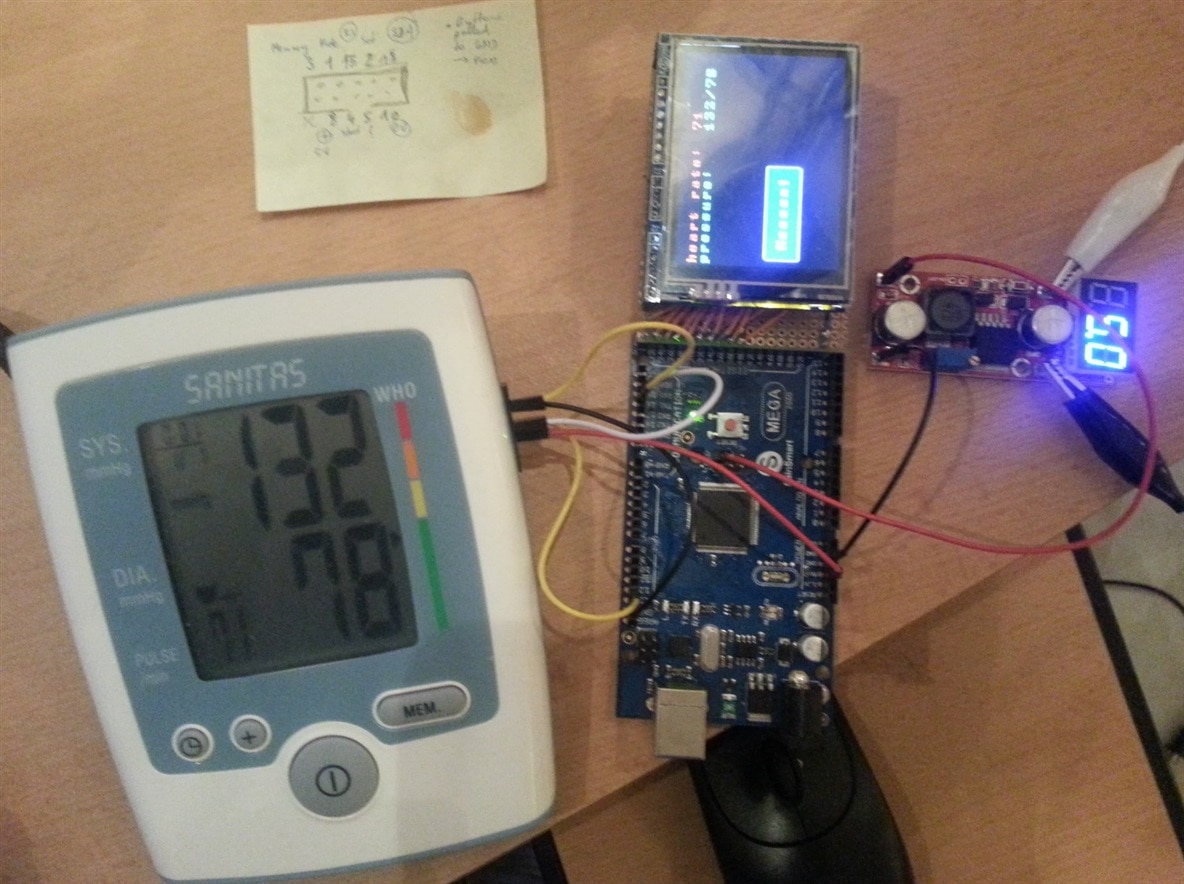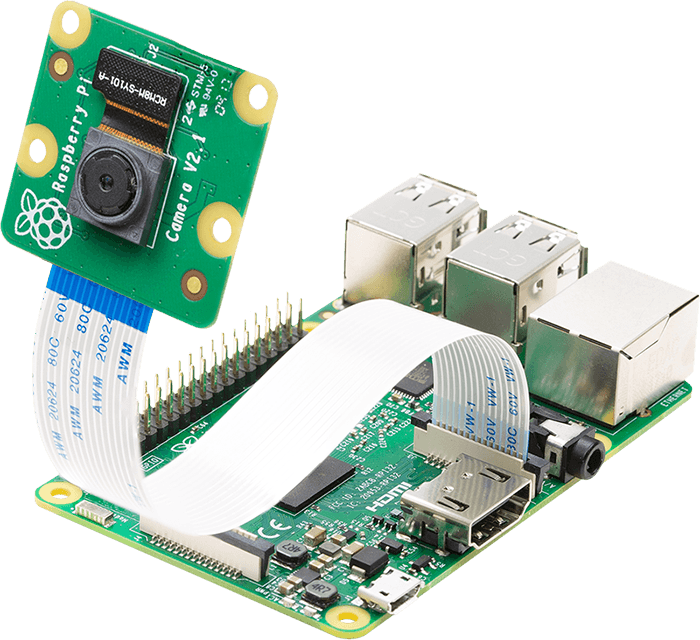Thanks to Element14 & Raspberry Pi Foundation for choosing me one of the sponsored challengers for Sci-Pi Design Challenge. This is my first and introductory blog for the challenge. In this blog I will explain in brief what thing I am going to make and what is my motivation behind this. In the later blogs I will explain the whole process step by step. I hope you will be with me.
The Problem
Most of the measuring equipment like multimeter, blood pressure meter, pulse oximeter, weight scale, energy meter and so on has digital display on it for showing the measured value. As these are commercial products and not made for research purpose most of them has no interfacing option. So, integrating those devices to a research project is a real challenge. For example, recently I was working with a Biomedical IoT device and tried to interface a blood pressure meter to the microcontroller unit to collect the patient’s blood pressure data and upload the data to cloud. I searched to the internet and find a hacking technique to connect the blood pressure meter to an Arduino board. The technique used the flash memory chip inside the blood pressure meter for hacking the blood pressure data. But the technique works only with a very limited models of the blood pressure meter and I failed to collect one from those specific models. I tried with another 2/3 models but could not find or discovered any hacking option. To be frank, electronics are being compact and microchip dependent day by day and it is very tough to do any reverse engineering on a very compact PCB.
 [image source: http://www.thinkering.de/cms/?p=325]
[image source: http://www.thinkering.de/cms/?p=325]
The Possible Solution
After some fail steps I was thinking for an alternative solution of the above mentioned problem and fortunately one good alternative came to my mind. I can make a small camera-based device that will be placed on top of the display of the measuring device. The device will then take a snapshot of the display while showing the right measurement and will extract the text from the image. The text will then be transferred to the desired microcontroller unit or cloud server. By this way a single device can be used for logging the required data from any type of digital equipment that has a digital display. The problem is solved!
A raspberry pi will be a perfect hardware for the proposed system. The official Raspberry Pi camera will be used to take the snapshot of the display. Python based image to text converter algorithm is already available in the internet which can be used very easily for this project with a light modifications. As the Raspberry Pi has built-in Bluetooth and WiFi so data can be shared with other device or upload to the cloud very easily. In some cases GPIO of the raspberry pi can be used for extra functionality such as adding extra sensors or actuators.

The Required Hardware
- Raspberry Pi (I am going to use Pi 4)
- SD Card (16GB)
- Raspberry Pi Camera Module
- Power Adapter for Raspberry Pi (5V, 3A)
- Monitor
- Keyboard & Mouse

